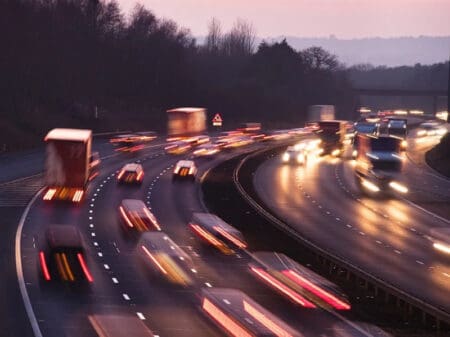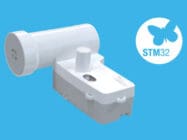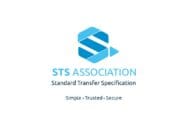
The ‘Twinning for decarbonising’ (TransiT) project has been launched with the ultimate aim to create a digital twin encompassing the entire UK transport infrastructure.
With this a data driven foundation should be available to guide the decarbonisation of the sector as the country moves towards its net zero goals.
The project, which has received backing from the Engineering and Physical Sciences Research Council, is a key component of the newly released Transport Digital Twin Roadmap for a “shared vision” on the sector by 2035.
The TransiT project first phase is now under way with initial funding of £500,000 (US$836,000) to scope and consult on the potential of digital technology to decarbonise transport and will include a mapping of the current transport infrastructure.
Have you read?
Massive clean electrification critical to a net zero Europe says Eurelectric
Fuelling PV progress: How solar can be used in transport
Once completed towards the end of the year, a second phase will aim to implement the outcomes of the consultation, including defining the research priorities, structure and membership of the proposed TransiT national research hub.
If successful the hub could be in line for support of up to £20 million (US$25 million) over five years.
The project is being led by Professors Philip Greening of Heriot-Watt University and David Flynn of the University of Glasgow.
Currently, around a third of the UK’s total carbon emissions come from transport and as such is regarded as a key priority for rapid decarbonisation.
While digital twins have been used in transport-related projects in the past, their application has been limited to smaller-scale challenges like the modelling of components in a single system.
Greening says that digital twins, along with other digital approaches, offer “the fastest route to de-risking investment and accelerating decarbonisation”.
“The UK has targeted a reduction in carbon of 78% by 2035. We don’t have long to work out what we need to do.”
Flynn points out that multi-vector – or whole-systems – thinking is viewed as a necessity to “a timely, inclusive, affordable and sustainable energy transition”.
“Through digital twinning technology, we can couple these previously distributed, complex and dynamic networks, assets and services, into a representative and real-time common virtual (digital) environment to explore how best to create solutions for the operational and planning challenges we face.”
Transport digital twin roadmap
The Transport Digital Twin Roadmap, which was developed by the Connected Places Catapult, states the vision “to enable a trusted ecosystem of connected digital twins for multi-modal UK transport networks”.
The document sets out a series of activities to 2035 that key stakeholders within the transport ecosystem need to undertake.
Connected digital twins are envisaged across four key areas: strategy and innovation, including the innovation and business strategies and use case identification; the enabling environment, including standards and compliance; people, skills and culture, including leadership and skills development; and technology and data, including the interoperability and cybersecurity requirements.
The UK’s National Digital Twin Programme defines a digital twin as “a digital model with real- or right-time two-way information flows, enabling the implementation of autonomous decision making”.








